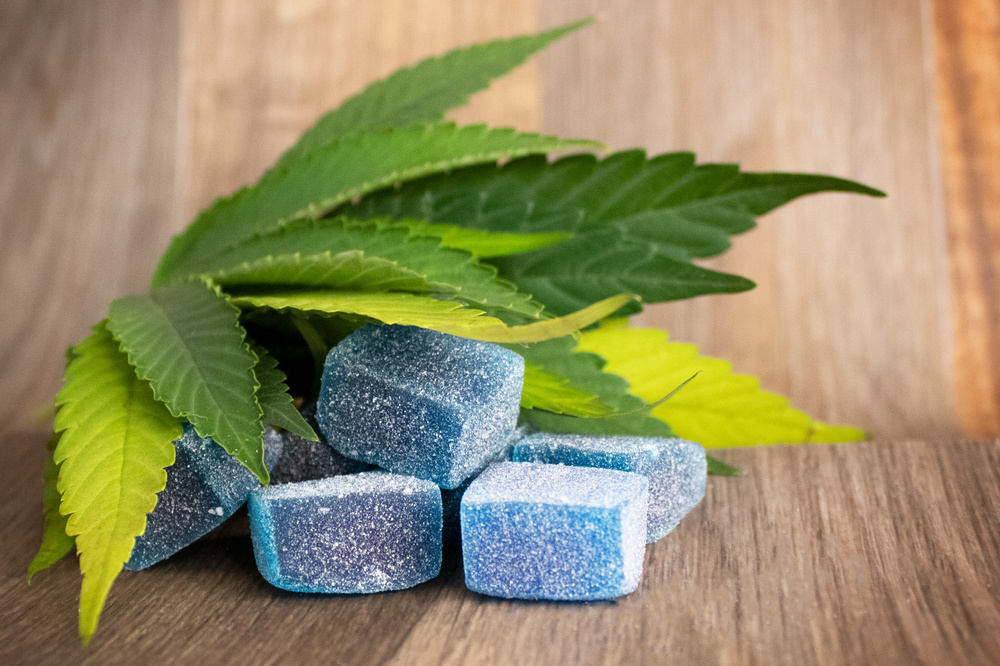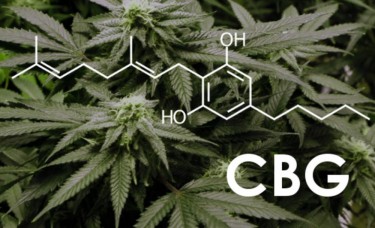
A quick guide to CBG edibles
A quick guide to CBG edibles
According to research, there are over 100 identified cannabinoids today. This number is likely to increase as scientists continue their studies in this area. The most prominent names in this list are delta-9-tetrahydrocannabinol (THC) and cannabidiol (CBD). CBD products in particular have become a common sight in many stores. If current demand for these products abates, mainstream CBD retailers are likely to top $20 billion in sales within the next two years.
Another name rocking the cannabinoid industry is cannabigerol (CBG). CBG comes in many forms, with CBG edibles becoming a user favorite. The potential benefits of CBG edibles have made them more popular lately. But what exactly are these products and how does CBG compare to CBD? More about this in the article.
What is CBG?
Cannabigerol is one of the most popular chemicals derived from the cannabis plant. It is often considered the progenitor or mother of all cannabinoids, and rightly so. Interestingly, CBD, THC, CBC, and CBG are all products of CBGA—the acidic form of CBG.
It’s worth noting that most CBGA converts to CBD-A and THC-A in the initial stages. Therefore, most varieties of cannabis plants typically yield around 1%, while 25% CBD or THC can be extracted from them. This rarity makes most, if not all, CBG products quite expensive. Despite this, many users are still willing to spend every penny on these chemicals due to their benefits.
What are CBG edibles?
CBG edibles refer to foods that are fortified with CBG. They come in many forms, such as B. CBG gummies, baked goods, candy, chocolates, beverages and lozenges. You can either make them at home or buy them ready-made from stores. In homemade recipes, CBG can be spread directly onto food or used in the form of butter or oil.
Keep in mind that the effects of CBG are the same no matter what food you consume. For example, you will feel the same way if you ingest CBG chocolates or hard candy. Perhaps the only thing that can affect how you feel is the potency of the edible. Most CBG gummies are highly potent.
What Are the Effects of CBG Foods?
Unfortunately, many people consume these foods without realizing their health effects. Most beginners take CBG edibles hoping to get high. But what exactly do these products do?
When you ingest CBG, it is processed by the endocannabinoid system (ECS). The main purpose of ECS is to regulate the immune, cardiovascular and nerve functions within cells. It consists of receptors that keep the body in optimal condition.
When consumed, CBG mimics the operation of this system. It binds to the cannabinoid receptors and enhances the function of anandamide. As a result, it relieves pain, regulates appetite and sleep, and helps your body relax.
Why Are CBG Edibles Growing in Popularity?
The number of users of CBG foods has grown in recent years. But why is it like that? Here are some reasons that might explain the increasing popularity:
-
CBG tastes great and comes in a variety of flavors
-
It has minimal side effects compared to other cannabinoids
-
CBG products are also easy to store when traveling
Another reason CBG edibles are growing in popularity is their long-lasting benefits to the user’s body. Some of the benefits include:
CBG users have reported feeling alert after consuming the chemical. One possible explanation for this is that CBG has shown that it can support neurogenesis and be a potent neuroprotectant.
If you are struggling with appetite issues, CBG can offer possible solutions to your problem. This appetite stimulating property is often associated with THC; The same has been observed in CBG users.
CBG edibles may help reduce gut inflammation caused by IBD. Research shows that it can also prevent the formation of reactive oxygen species (ROS). However, keep in mind that this is still in the experimental phase.
Research has also shown that CBG can be useful in treating glaucoma. Again, there is no conclusive information as it is still under investigation.
How does CBG compare to CBD?
CBG and CBD share many similarities, but there are also some specifics that set the two apart. Here is an in-depth comparison of these two popular cannabis plant products:
As mentioned, most plant strains produce around 1% CBD or even less. However, the same strains can deliver up to 30% CBD. As such, CBG is often thought of as a minor cannabinoid, while CBD is a major cannabinoid.
However, it’s worth noting that these percentages don’t mean that CBG isn’t as beneficial as CBD. CBG products have been shown to match or even exceed the health benefits of CBD. However, you are more likely to find CBD products at your local store as they are more readily available than CBG.
How high are you likely to feel when using any of these cannabis products? It’s important to remember that CBG and CBD are non-intoxicating cannabinoids. You won’t experience any psychoactive effects from taking both, meaning you won’t feel high. Research has shown that taking CBG or CBD can counteract the psychotropic effects of THC.
The two chemicals share some side effects, such as drowsiness and dry mouth. However, CBG can lead to low blood pressure in some cases, while some CBD users have reported diarrhea. Additionally, CBG can stimulate appetite while CBD can be used to reduce anxiety. As they share some similar side effects, the overall effect on your body may therefore vary.
CBG is the most expensive cannabinoid, mainly because it’s rare. The amount spent to extract 1% CBG can be used to produce 30% CBD. Therefore, many companies prefer to invest more in the latter. This rarity affects the prices of these products in local stores as users are forced to spend more when purchasing CBG.
Conclusion
Cannabigerol is growing in popularity, and many people are indulging in edibles like CBG gummies, chocolate, and baked goods. The main reasons why CBG has become many people’s favorite is its taste, minimal side effects and the fact that it comes in different flavors. CBG has often been compared to CBD, and rightly so. The two share many similarities, from their side effects to psychoactivity.
references
Iris Dorbian. “CBD market could reach $20 billion by 2024, says new study,” Source: https://www.forbes.com/sites/irisdorbian/2019/05/20/cbd-market-could-reach-20 -billion-by-2024-says-new-study/?sh=18f32eaf49d0
Anonymous. “Cannabis (Marijuana) and Cannabinoids: What You Need to Know”, Source: https://www.nccih.nih.gov/health/cannabis-marijuana-and-cannabinoids-what-you-need-to-know#:~ :text=How%20many%20cannabinoids%20are%20there,other%20cannabinoids%20have%20 been identified.
Ogletree, Kelsey. “This is what happens to your body when you eat edibles” Source: https://www.eatingwell.com/article/7591435/heres-what-happens-to-your-body-when-you-eat-edibles/
Leonard, Jayne. “What are the Effects of Edible Cannabis Products”, Source: https://www.medicalnewstoday.com/articles/effects-of-edibles
Healthline contributor. “Meet CBG, the new cannabinoid on the block,” Source: https://www.healthline.com/health/cbg-oil
MORE ABOUT CBG, READ MORE..

WHAT IS CBG AND HOW DOES IT EFFECT ON THE BODY?

Post a comment: